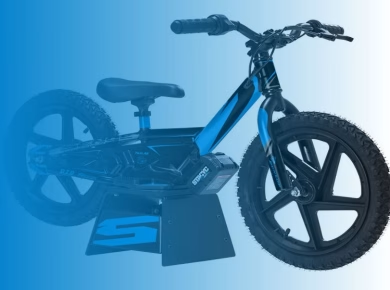In the fast-evolving landscape of journalism, staying ahead of the curve is essential to delivering engaging and informative content. One of the most significant technological advancements to impact journalism is the integration of drones. These unmanned aerial vehicles are not only transforming the way stories are told but also providing journalists with a new perspective that was once difficult to achieve. In this article, we’ll explore how drones are reshaping journalism, enabling captivating visual storytelling and enhanced documentation of events.
The Rise of Drone Journalism
Drones have swiftly found their way into the world of journalism, allowing reporters to capture scenes from vantage points that were previously inaccessible. This transformative technology has opened up new possibilities for covering a wide range of stories, from news events and natural disasters to environmental issues and social developments.
Unprecedented Visual Storytelling
One of the most compelling aspects of drone journalism is its ability to provide breathtaking visuals that immerse readers and viewers in the heart of the story. Aerial photography offers a unique perspective that can reveal the scale and impact of an event in ways that ground-level photography cannot. From capturing the devastation caused by natural disasters to showcasing the grandeur of large-scale protests, drone imagery allows journalists to communicate the essence of a story effectively.
Documenting Remote and Inaccessible Areas
Drones excel at reaching places that are challenging for journalists to access, whether due to geographical barriers, safety concerns, or logistical limitations. In conflict zones, disaster-stricken areas, and remote regions, drones can provide vital insights that contribute to more accurate and comprehensive reporting. Journalists can cover events and gather information without putting themselves at unnecessary risk, resulting in a safer and more efficient reporting process.
Enhancing Investigative Journalism
Drones play a crucial role in investigative journalism by providing evidence and context that can strengthen stories. In-depth investigations involving environmental violations, illegal activities, or corporate wrongdoing can benefit immensely from aerial footage. Drones can help uncover hidden truths and provide an unbiased view of events, empowering journalists to hold those responsible accountable for their actions.
Evolving Story Formats
The integration of drone photography and videography is also changing the way stories are presented. Drones allow for dynamic storytelling techniques such as aerial pans, reveals, and transitions that engage the audience in a visually captivating manner. Whether through interactive graphics or multimedia features, drone-captured content is enhancing the immersive experience for readers and viewers alike.
Challenges and Ethical Considerations
While the benefits of drone journalism are undeniable, this technology also raises ethical questions and challenges. Privacy concerns, intrusion into private spaces, and the potential for sensationalism are all considerations that journalists must carefully navigate. Adhering to strict ethical guidelines and respecting legal regulations are essential to maintaining the credibility and integrity of drone-assisted journalism.
Skill Development for Journalists
To effectively incorporate drones into journalism, reporters and news organizations must invest in training and skill development. Learning how to pilot drones safely and capture high-quality footage requires practice and expertise. Many journalism schools and organizations are now offering drone training programs to equip journalists with the necessary skills to use drones responsibly and effectively in their reporting.
A New Form of Collaboration
Drones have also led to collaboration between journalists and drone pilots, often forming interdisciplinary teams to cover stories comprehensively. This collaboration enhances the storytelling process by combining the journalistic expertise of reporters with the technical skills of drone pilots, resulting in well-rounded coverage that captures both the human and visual elements of a story.
The integration of drones in journalism is undoubtedly changing the way stories are told, documented, and experienced. As newsrooms adapt to this evolving technology, the role of drones in news reporting will continue to expand, offering new angles, fresh perspectives, and a deeper connection to the stories being shared.
However, it is essential that the potential of drones is harnessed responsibly, ethically, and in alignment with journalistic principles to ensure that this transformative tool benefits both the industry and the audiences it serves. As drone journalism continues to evolve, it holds the promise of redefining the boundaries of visual storytelling and revolutionizing the way news is delivered to the world.
Read Next:
How Enterprise Content Management Enhances Collaboration and Knowledge Sharing in Organizations




